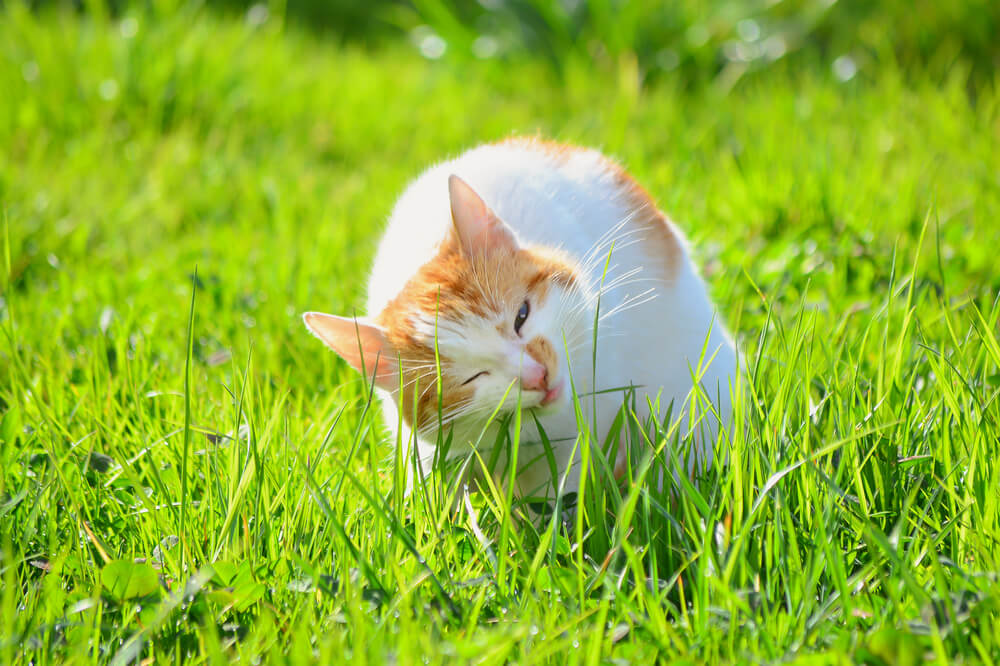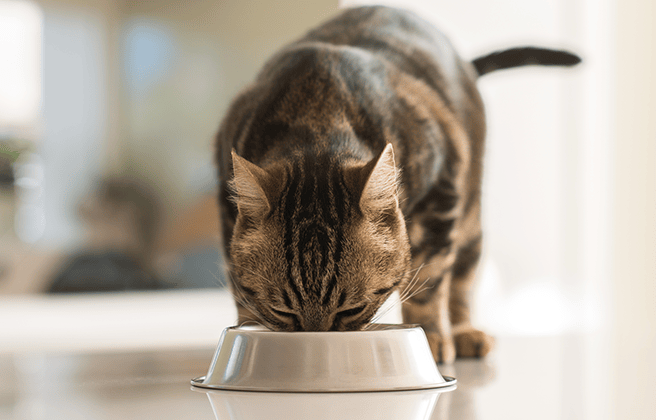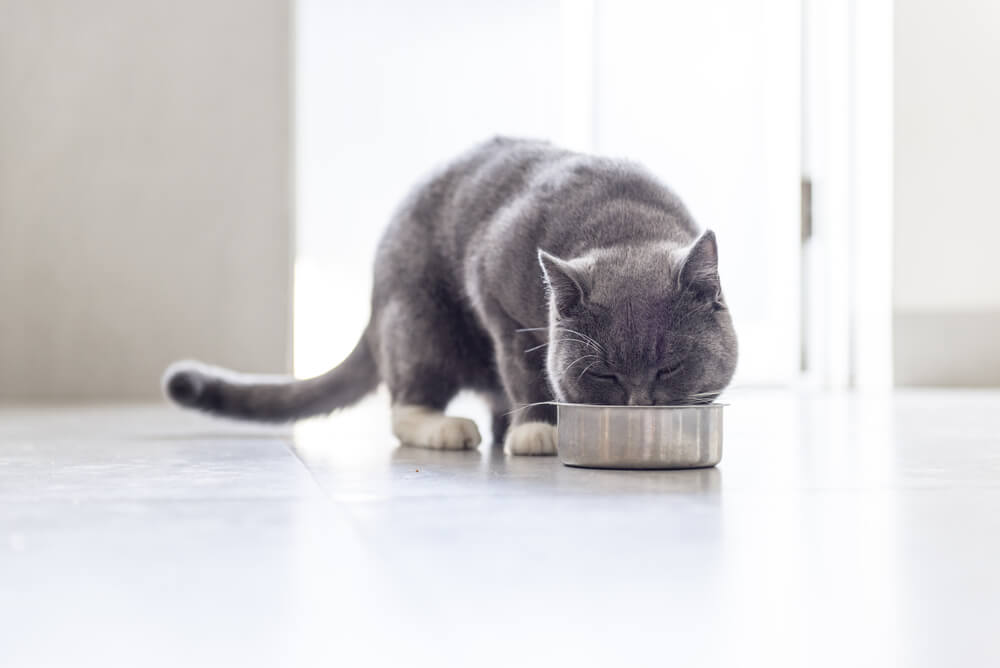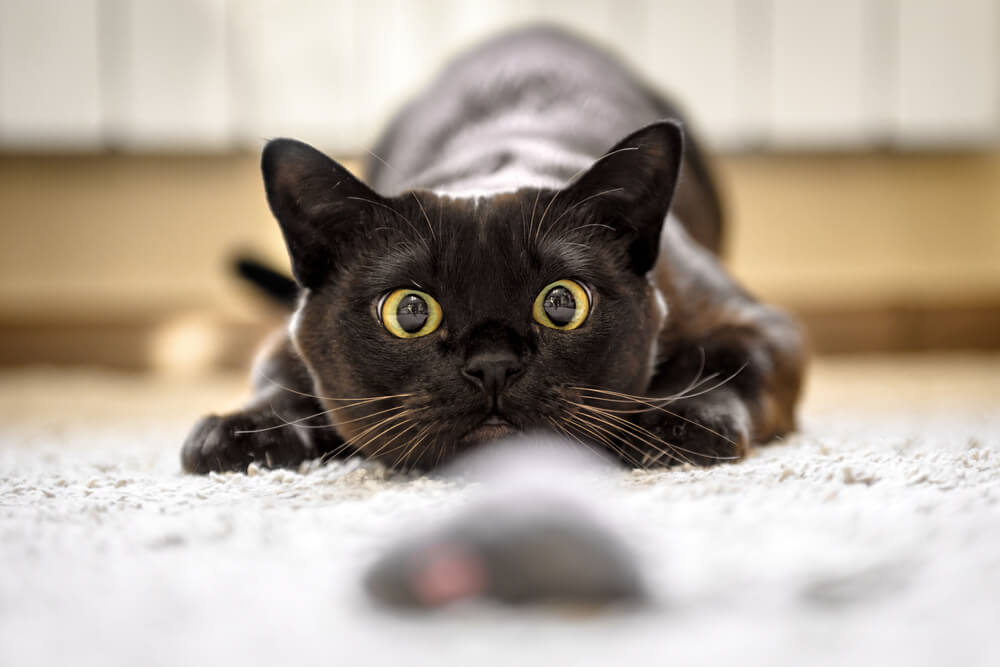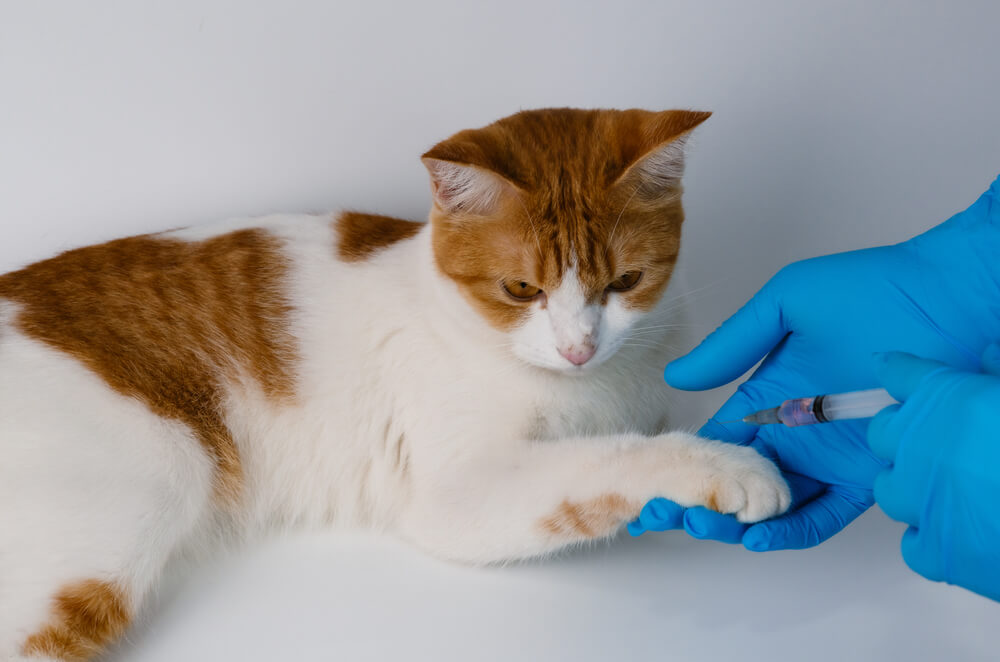
As a cat parent, hearing the words “feline leukemia” can be frightening. This serious viral infection harms cats worldwide, affecting between 2-3% of all cats in the U.S. 1
This deadly virus doesn’t just make cats sick – it affects their immune system and can shorten their lives. But what exactly is feline leukemia, and how can we protect our feline friends from this disease?
In this article, we’ll look at how cats catch this virus, what signs to watch for, and how it affects their health. Plus, we’ll share some crucial prevention strategies to help protect your cat from further infection.
What is feline leukemia?
Feline leukemia (FeLV) is a virus that attacks the cat’s blood cells by invading tissue that makes up the blood cells, including bone marrow and lymph tissue.
When a cat is infected with feline leukemia virus, its white blood cells have been compromised and are no longer able to help fight off infections. Various skin, respiratory, and urinary infections can develop without a healthy immune system in place. The affected cat is unable to fight off these infections, leading to a shorter life span. The virus also causes mutations leading to cancer, including lymphoma and lymphosarcoma. 2
Is feline leukemia cancer?
Feline leukemia virus is a retrovirus that can cause cancer in cats, but it’s not a type of cancer itself.
What are the signs of feline leukemia?
Feline leukemia virus can have many symptoms, and cats may not show any signs during the early stages. Symptoms can develop over weeks, months, or even years.
Some common signs include:
- Pale gums (anemia)
- Decreased appetite
- Weight loss
- Unthrifty coat (poorly groomed, dry, brittle)
- Inflamed gums and mouth (gingivitis and stomatitis)
- Fever
- Enlarged lymph nodes
- Chronic diarrhea
- Chronic skin, eye, respiratory, or urinary tract infections
How do cats act when they have leukemia?
Although there are many possible symptoms of feline leukemia as stated above, a loss of interest in activity is usually the most obvious sign. If your cat suddenly stops wanting to get up and move around as usual, take them to the vet immediately.
Causes of feline leukemia?
FeLV is most commonly spread through direct contact between cats. The virus is fragile and doesn’t survive more than a few hours outside the host’s body. Infected cats shed large amounts of the virus in their saliva and other bodily fluids like nasal secretions, urine, and feces.
Is feline leukemia contagious?
Although FeLV isn’t highly contagious, transmission typically requires prolonged close contact through mating, grooming, or sharing litter trays and food bowls. Bites from an infected cat can also easily transmit the virus.
Another potential source of infection is when a pregnant cat with FeLV gives birth. Kittens may be born with the virus or become infected when their mother grooms them. However, many FeLV-infected queens struggle with fertility, often leading to prenatal death of the kittens or resorption of the fetuses.
Feline leukemia virus is not contagious to people or other pets.
How to treat feline leukemia
Unfortunately, there is no direct cure for feline leukemia. However, veterinarians treat any secondary infections that usually result from the disease. For example, prescribing antibiotics for bacterial infections, blood transfusions for severe anemia, chemotherapy for FeLV-associated lymphomas, etc.
If your cat tests positive for feline leukemia, it is important to limit their exposure to secondary infections. Your cat’s immune system is now extremely vulnerable which means an infection that was once non-threatening to a healthy immune system now requires more aggressive treatment and is a higher risk for your cat.
This means your cat should remain indoors as much as possible to avoid other cats that may have spreadable diseases.
Caring for a cat with feline leukemia
When caring for a cat with feline leukemia, it’s crucial to understand that their immune system requires extra attention and care. Your role in maintaining their health becomes even more important.
Daily gentle cleaning of the eyes and more frequent ear cleaning may be necessary as they are more susceptible to infections. You can find specialized eye drops and ear cleaners at pet stores that are designed for this purpose.
Regular brushing isn’t just about keeping your cat looking good – it’s an essential part of maintaining skin health and monitoring for any changes or abnormalities.
It’s vital to stay vigilant for any signs of illness. Keep a close eye out for symptoms such as:
- Discharge from the eyes or nose, especially if it’s greenish-yellow
- Unusual lethargy or decreased activity
- Loss of appetite
- Persistent coughing
- Increased urination
- Inflammation in the ears
If you notice any of these symptoms, don’t wait – contact your veterinarian immediately. With a compromised immune system, what might be a minor issue in a healthy cat can quickly become serious for a cat with feline leukemia.
Veterinarians often take a proactive approach with these immune-compromised cats. They may prescribe antibiotics earlier than they would for a healthy cat, as a precautionary measure against potential infections.
How long does a cat live with feline leukemia?
Cats can live normally for years with feline leukemia, especially if they are treated and kept indoors. But, unfortunately, most will succumb to a feline leukemia-related disease within two or three years after becoming infected and many won’t survive this. To avoid this, try to keep your cat indoors and if they go outdoors, supervise them to avoid contact with other cats.
Can you prevent feline leukemia?
While there’s no guaranteed way to prevent feline leukemia, you can significantly reduce your cat’s risk through vaccination and careful management.
Important Notes:
- Vaccinated cats won’t test positive on feline leukemia snap tests.
- If your cat has tested positive for feline leukemia, avoid further vaccination as it can strain their already compromised immune system.
If you are getting a new cat to your household, it’s essential to have them tested for both feline leukemia. This simple step can prevent potential transmission to your existing cats and ensure the health of your feline family.
We uphold the highest editorial standards when creating the authoritative content pet parents rely on and trust.
Every piece of clinical content on the Cat Food Advisor is reviewed by our certified Veterinary Advisory Board, which consists of licensed veterinarians and medically certified specialists.
Our reviews are completely independent; we are not paid by any pet food company to promote their products favorably. We do not accept money, gifts, samples or other incentives in exchange for special consideration. For more information see our Disclaimer & Disclosure page.




